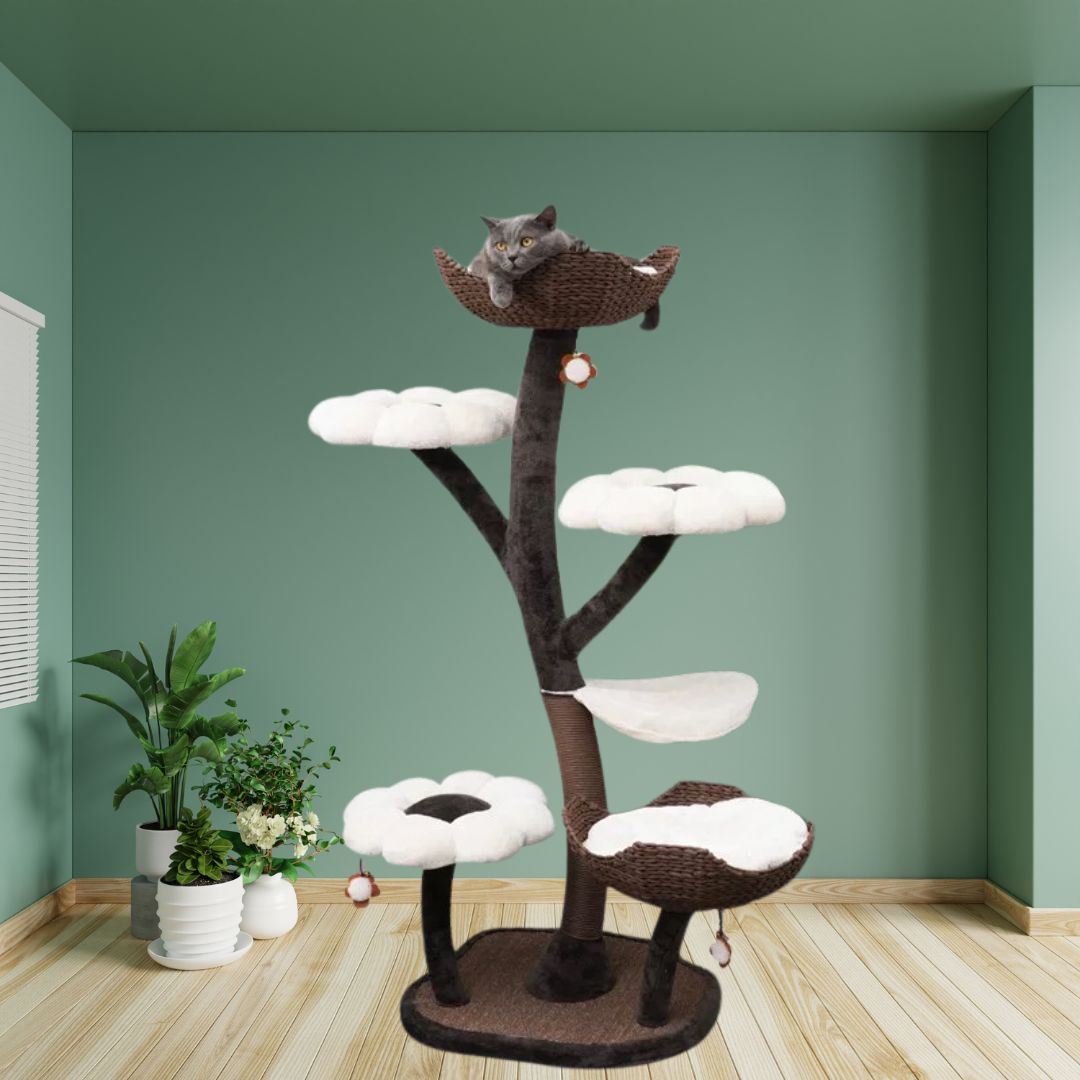A cozy dog bed is just as important for your four-legged friend as a comfortable mattress is for you. But with the wide selection of dog beds, the question quickly arises: Which one is the right one for my dog? In this article, we answer the most important questions about dog beds so that your dog sleeps not only comfortably but also healthily!
The Dog Bed – A Place of Security
Dogs spend many hours a day sleeping and dozing. A high-quality dog bed not only provides comfort but also protects joints and bones. Especially for older or active dogs, the right choice is crucial.
Dog bed "the clouds" – What is behind it?
A dog bed "the clouds" describes particularly soft and luxurious beds with an extra fluffy filling. They offer your dog a sense of floating – perfect for dogs that love to be especially cuddly!
Why an orthopedic dog bed? 🦴
An orthopedic dog bed is ideal for dogs with joint problems, older dogs, or breeds that are prone to hip or back diseases. These beds are made of memory foam, which adapts to the dog's body and relieves pressure points. Advantages of an orthopedic dog bed:
✅ Reduces pain and prevents joint problems
✅ Promotes healthy sleep through optimal pressure distribution
✅ Particularly durable and shape-stable
Dog bed that doesn't break – Does it exist? 🦴🛏️
Many dogs love to chew on or scratch their bed. Indestructible dog beds are made from particularly durable materials such as:
- Cordura – extremely durable and bite-resistant
- Oxford fabric – water-repellent and scratch-resistant
- Kevlar-reinforced fabrics – for dogs that really destroy everything
💡 Tip: An additional chew toy can help prevent the destruction of the bed!
Which dog bed size is the right one? 📏
The perfect size depends on the body length of your dog. A simple rule of thumb:
➡ Measure your dog from the tip of the nose to the base of the tail and add about 20–30 cm for freedom of movement.
Reference values for common sizes:
🐶 S (60–80 cm) – for small breeds (Chihuahua, Dachshund)
🐕 M (80–100 cm) – for medium-sized dogs (Beagle, Cocker Spaniel)
🐕🦺 L (100–120 cm) – for larger breeds (Labrador, Border Collie)
🦮 XL (120–140 cm) – for very large dogs (Great Dane, St. Bernard)
Which dog bed do veterinarians recommend? 🩺
Veterinarians generally recommend:
✅ Orthopedic Dog Beds for Older Dogs or Joint Problems
✅ Hygienic, washable covers against mites and allergies
✅ Dog beds with a rim – provide safety and support while lying down
💡 Tip: Consult your veterinarian if your dog has special health needs.
How can you wash a dog bed? 🧼
A clean dog bed ensures hygiene and well-being. Most covers are removable and machine washable.
Here's how:
1. Remove the cover and wash according to the manufacturer's instructions (usually 30–40 °C).
2. Do not put memory foam or filling material in the washing machine – best to air it out.
3. Regular vacuuming & airing to combat odors and dust mites.
Where should you place a dog bed? 📍
The sleeping place of your dog should be quiet, warm, and safe. Pay attention to:
✔ Not directly next to heaters or air conditioning units
✔ Not in the middle of the room, but rather in a corner
✔ No place with constant drafts
💡 Tip: If your dog often feels uncomfortable or sleeps restlessly, try a new location!
Where can you dispose of an old dog bed? ♻️
Old dog beds should be disposed of sustainably:
✅ Donations – Animal welfare organizations appreciate well-maintained beds.
✅ Recycling centers or bulky waste – when the bed is no longer usable.
✅ Upcycling – old filling materials can be reused as seat cushions or blankets!
Conclusion: The perfect dog bed for your four-legged friend
A dog bed is more than just a sleeping place – it is a retreat, a place of safety and relaxation. Pay attention to the right size, the material, and your dog's health needs.
💡 Have you already found the perfect dog bed? Tell us in the comments what experiences you've had! 🐾




